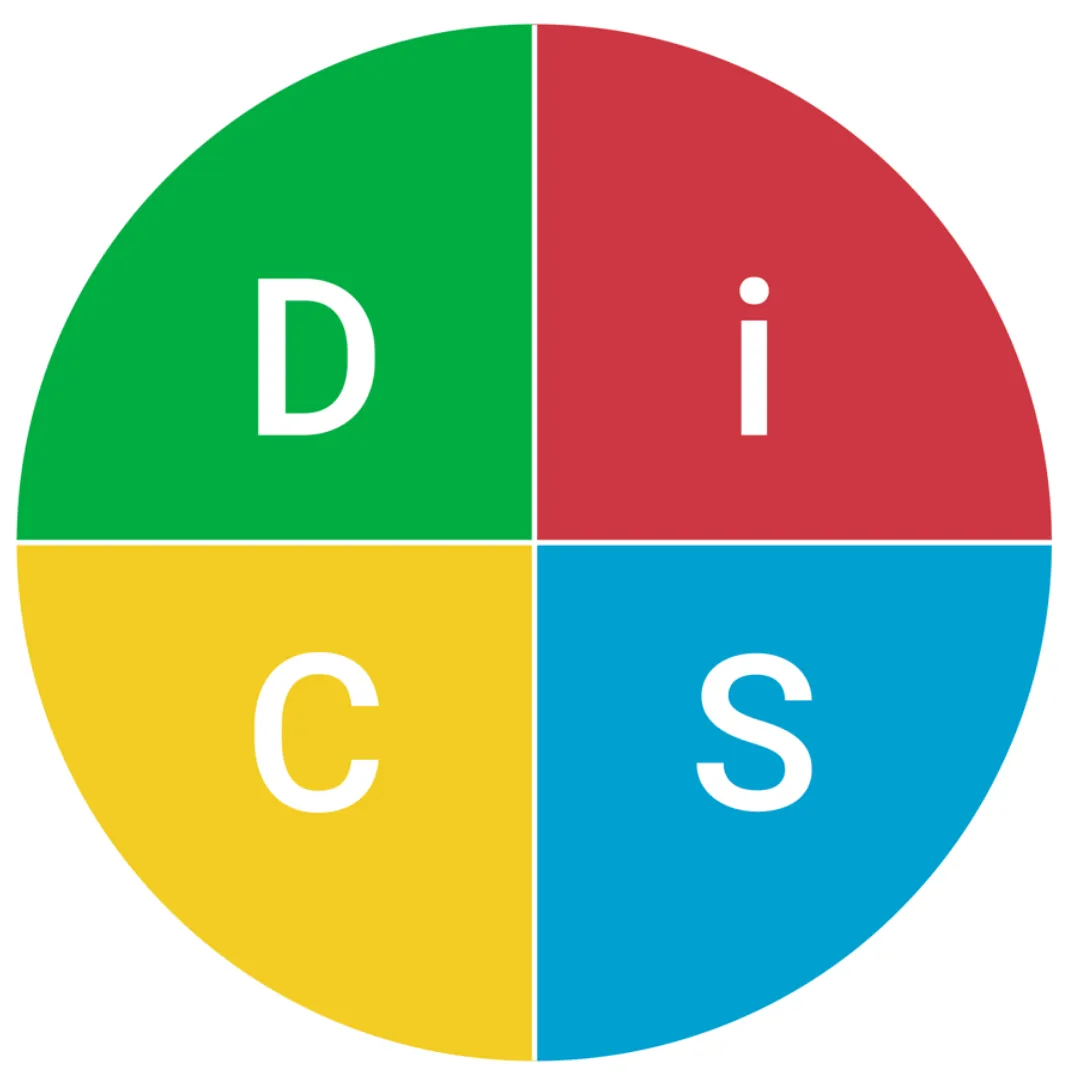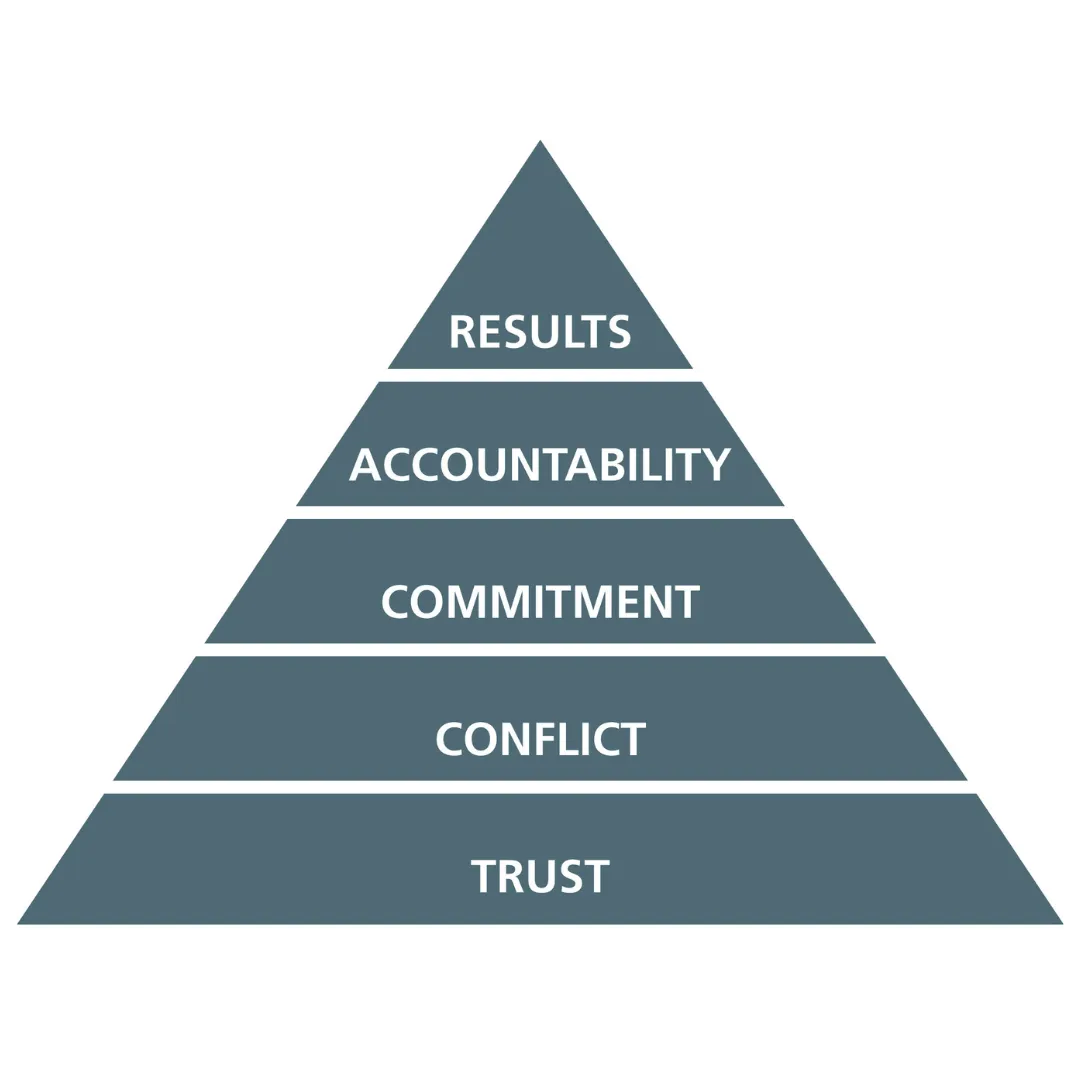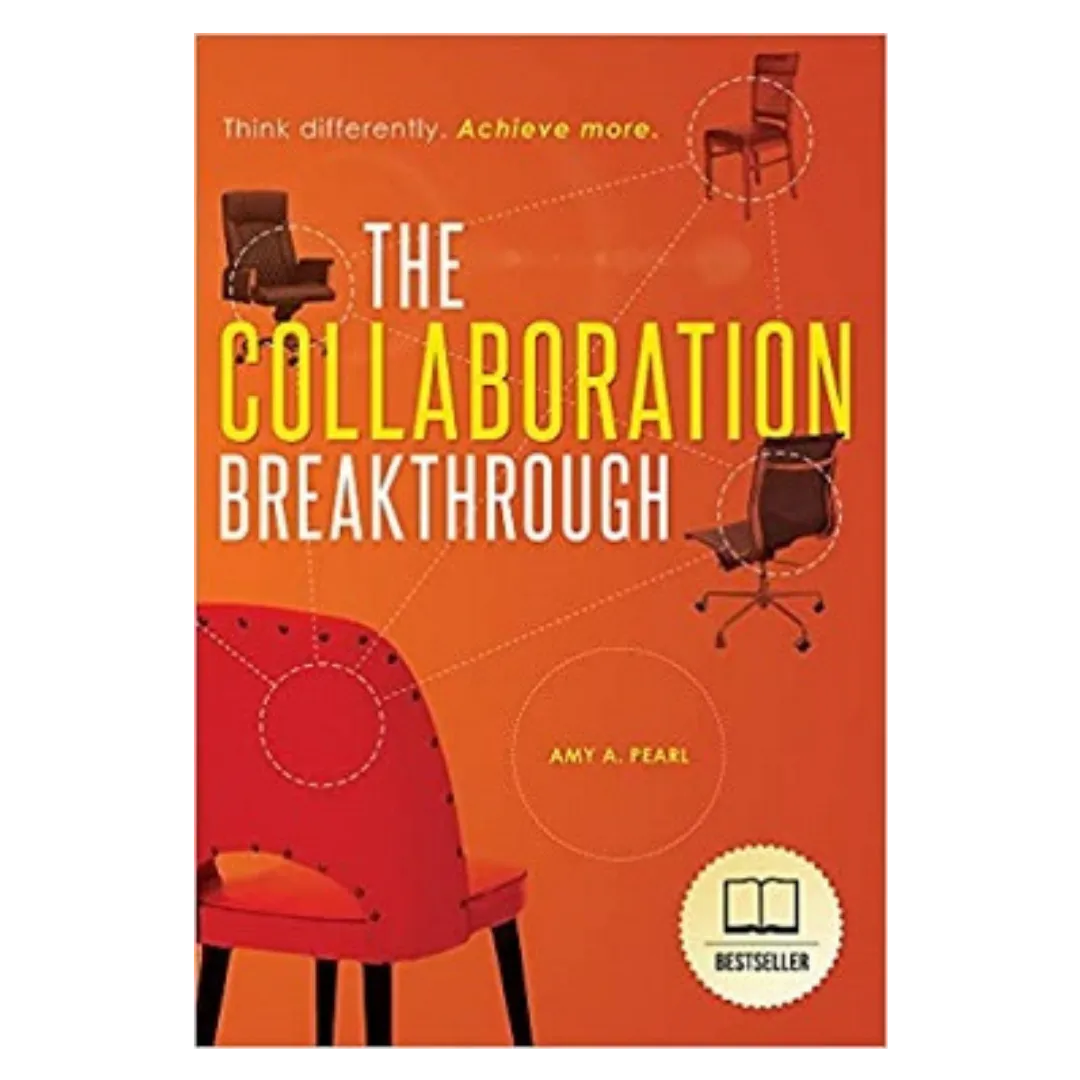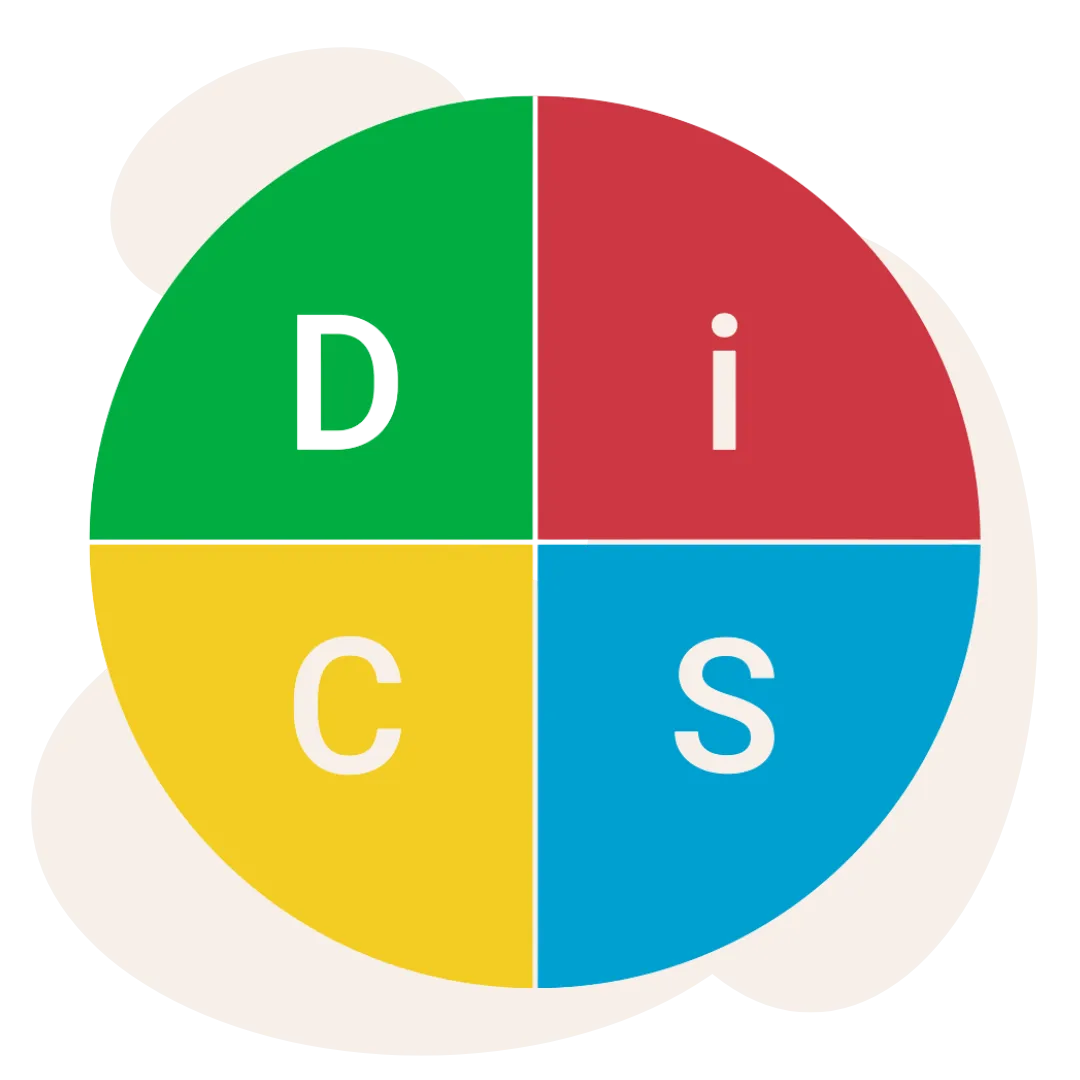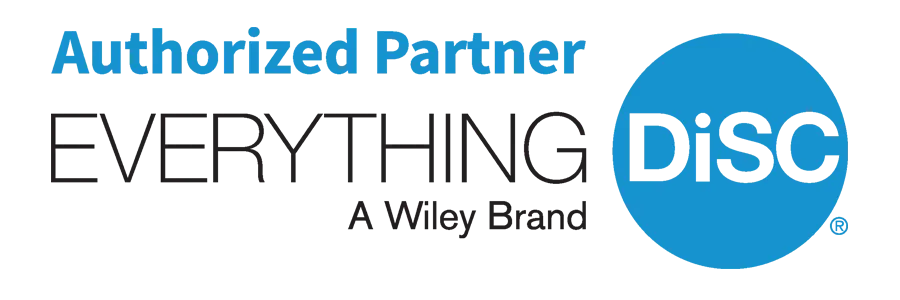
How to Use DiSC to Strengthen Year End Performance Reviews
A leader’s step-by-step guide for preparing for year-end conversations and performance reviewes with your team members. ...more
Leadership ,Recognition &Everything DiSC
December 15, 2025•5 min read
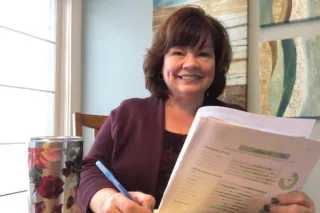
How is Everything DiSC different from other assessments?
See what Everything DiSC is all about. Plus, download Assessments Made Easy which includes 10 questions to ask when choosing asseessments and a side-by-side comparison of our favorite assessments. ...more
Everything DiSC
December 09, 2025•4 min read

Get Ready for a Burnout Free Year
An actionable burnout guide for HR and business leaders who feel stretched thin. Identify early warning signs, release draining habits, and rebuild sustainable energy and focus for 2026. ...more
Personal Growth
December 02, 2025•8 min read

20 Ways to Make Your DiSC Workshops More Interactive
Activities for classroom and virtual workshops to make Everything DiSC more engaging and fun. Download Amy Pearl's free DiSC Facilitator's Dream Kit. ...more
Everything DiSC ,Facilitation
November 25, 2025•4 min read

Is DiSC Certification worth it for HR professionals?
The important details you need to make an informed decision about getting certified in Everything DiSC. ...more
Everything DiSC ,Personal Growth &Facilitation
November 18, 2025•4 min read

5 Mistakes DiSC Facilitators Make
Avoid these 5 mistakes when facilitating Everything DiSC workshops and teambuilding sessions. Become a Certified Everything DiSC Practitioner to be the best facilitator you can be. ...more
Everything DiSC ,Facilitation
November 11, 2025•4 min read
Click the images below to achieve your goals.

Assessment
Solutions
Explore our assessments for candidate screening, development, team building, succession planning, and more.

Fabulous
Together
Give the women in your organization the coaching, confidence, and connections they need to have successful careers and a fabulous lives.

e-Learning
Made Easy
Create an amazing learning experience
whether your team is
at the office, at home, or on the go.

Lead
Ignited
Be the best leader you can be
with this award-winning
learning opportunity.
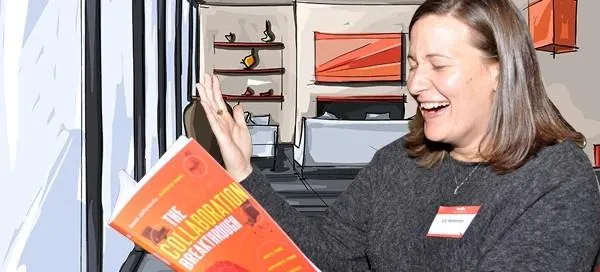
Collaboration
Breakthrough
Create a workplace you love with our best-selling book, employee survey, and interactive team experience.

Coaching
Conversations
Replace your archaic review process
with an online system to
guide GREAT conversations.
Download the Best Interview Questions
for Virtual Job Candidates
Look who's using our assessments today:
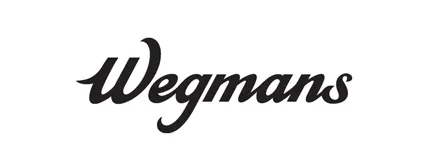
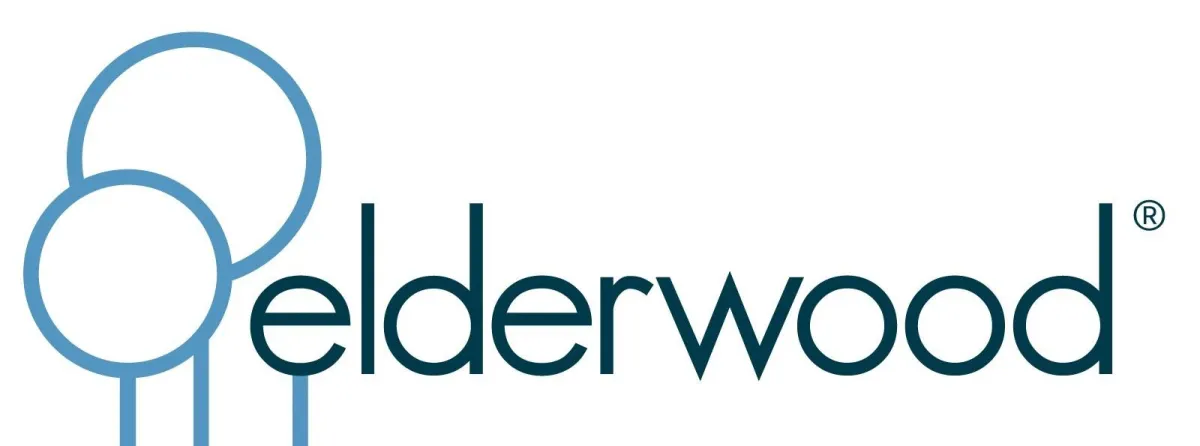


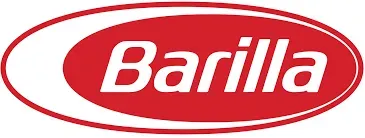

Check out our recent news and blog.

How to Use DiSC to Strengthen Year End Performance Reviews
A leader’s step-by-step guide for preparing for year-end conversations and performance reviewes with your team members. ...more
Leadership ,Recognition &Everything DiSC
December 15, 2025•5 min read
Is your organization’s assessment strategy staying current? Are you?
New Blog Post Description ...more
Strategy & Vision
December 09, 2025•1 min read

How is Everything DiSC different from other assessments?
See what Everything DiSC is all about. Plus, download Assessments Made Easy which includes 10 questions to ask when choosing asseessments and a side-by-side comparison of our favorite assessments. ...more
Everything DiSC
December 09, 2025•4 min read

3 Mistakes I Made While Building My B2B Business
Mistakes. They happen to everyone. Yes, you learn from them. Yes, they help make you stronger. Yes, they are inevitable. But, let's see if I can help you avoid some, Okay? In fact, I'm going to share ... ...more
Run Your Business
December 09, 2025•5 min read

Get Ready for a Burnout Free Year
An actionable burnout guide for HR and business leaders who feel stretched thin. Identify early warning signs, release draining habits, and rebuild sustainable energy and focus for 2026. ...more
Personal Growth
December 02, 2025•8 min read

20 Ways to Make Your DiSC Workshops More Interactive
Activities for classroom and virtual workshops to make Everything DiSC more engaging and fun. Download Amy Pearl's free DiSC Facilitator's Dream Kit. ...more
Everything DiSC ,Facilitation
November 25, 2025•4 min read

